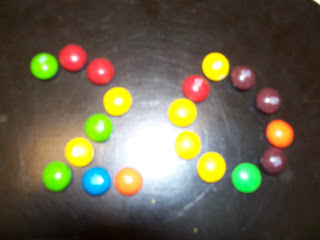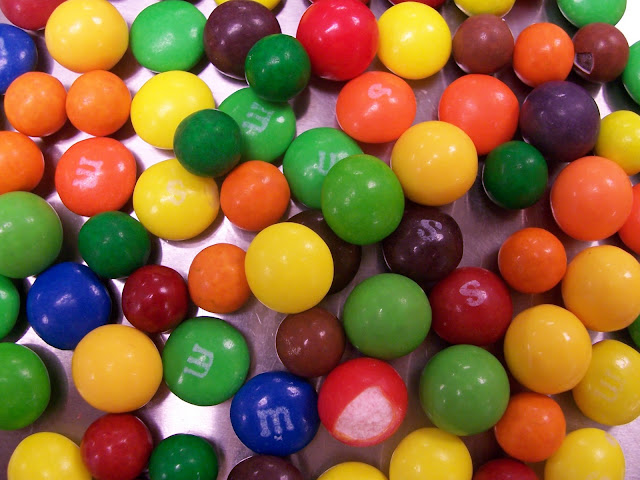 Introduction
IntroductionThe purpose of this lab was to use a candium model to explain the concept of atomic mass and to analyze the isotopes of candium and calculate its atomic mass.
Hypothesis
We think that the gobstoppers will weigh more than the others and that the sixlets will weigh the least.
Materials
Procedures
- Obtain sample of candium
- Separate it into its 3 isotopes. (Peanut M&Ms, reese's, skittles)
- Determine the total mass of each isotope.
- Count the numbers of each isotope.
- Record data and calculations in the data table and create a data table that has the following
2. percent abundance of each isotope
3. relative abundance of each isotope
4. relative mass of each isotope
5. average mass of all isotopes
( your data table should have five columns and seven rows)
Data
Discussion
We separated the different kinds of candy, found the mass of each type, counted the numbers of each type, and recorded it on a data table.
ISOTOPE: One of two or more atome having the same atomic number but different mass numbers.
On thing we learned is that it is important to make sure the amount of candy stays constant so the data is correct.
Some possible errors that could have occurred in the collection of data would be if some of the candy was lost after you counted them or if the candys were not the same size or not whole.
Conclusion
Our hypothosis was right the gobstoppers mass was greater than all and the sixlets had the smallest mass.








